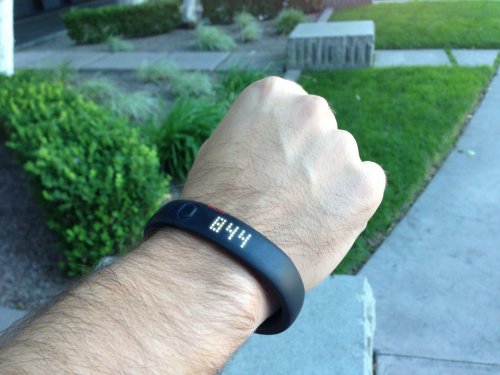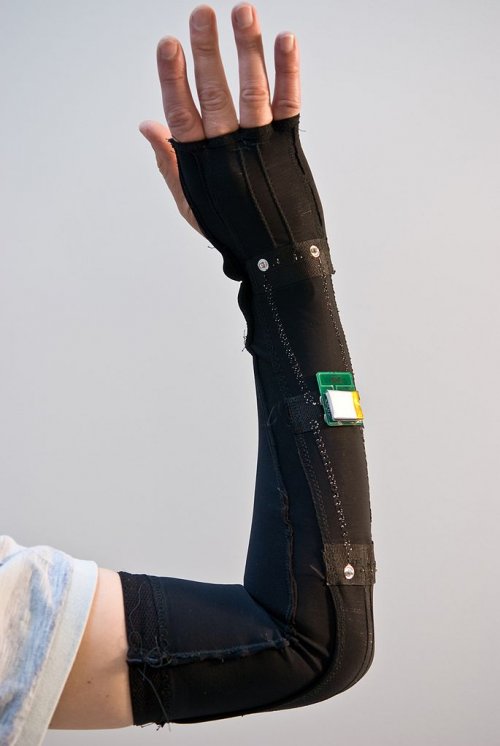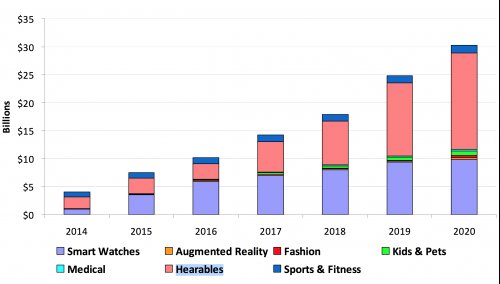May 24th, 2017
Doctor On Your Wrist
By Chris Teague
 Wearable technology has come a long way since the calculator watches of the 1980’s. Nearly every aspect of the human body can be measured by a wearable device and viewed on a smartphone, computer, or tablet. Many people use these metrics to lose weight, improve sleep, reduce stress, or just get a better handle on how their bodies perform on a daily basis. The devices alert the user to elevated heart rate or the need to stand up and move around for a bit, and can even give reminders to drink more water.
Wearable technology has come a long way since the calculator watches of the 1980’s. Nearly every aspect of the human body can be measured by a wearable device and viewed on a smartphone, computer, or tablet. Many people use these metrics to lose weight, improve sleep, reduce stress, or just get a better handle on how their bodies perform on a daily basis. The devices alert the user to elevated heart rate or the need to stand up and move around for a bit, and can even give reminders to drink more water.
These alerts can be life savers
Knowing how many steps you have taken or how many hours were slept are incredibly useful metrics that can help anyone start to make healthy changes in their lives, but some of the functions that wearable technology can provide can provide crucial early warnings for some very serious health problems. By monitoring vitals like heart rate, some smartwatches and other wearable tech can proactively alert the person wearing it to a health issue that quickly needs attention.
It’s not all about smartwatches and fitness trackers

Technology has made its way into our everyday lives in some very clever ways, perhaps none more interesting than the things we wear. Beyond the obvious spot on our wrists, some tech companies have really focused on improving the lives of people with disabilities or who are homebound for one reason or another. Clothing items are being designed for people with specific chronic illnesses like diabetes, where smart socks provide active circulation and glucose monitoring through their fabric and send all that information to a smartphone or tablet. We all know about the emergency buttons that can be worn around the neck in case of falls, but newer developments in technology have created a world where emergency services are notified the moment a person begins to fall, all without any action required from that person.
Doctors are catching on
As new technologies have become more mainstream, the medical community has started to really pay attention to the benefits they can provide. It has long been known that aging in-home and allowing people to stay independent as long as safely possible is ideal, both for that person and their families. Adding smart technology to an existing care transition plan can extend the amount of time a person is able to remain at home and can help prevent complications from arising. More people are using these new technologies, which means that costs are becoming more reasonable and the various wearable items are becoming easier to find. Wearing tech like a smartwatch or even smart socks is more stylish and more affordable than ever, and with the possibilities for health and safety, well worth a second look.

The market for wearable tech is projected to double in the next 3-4 years


